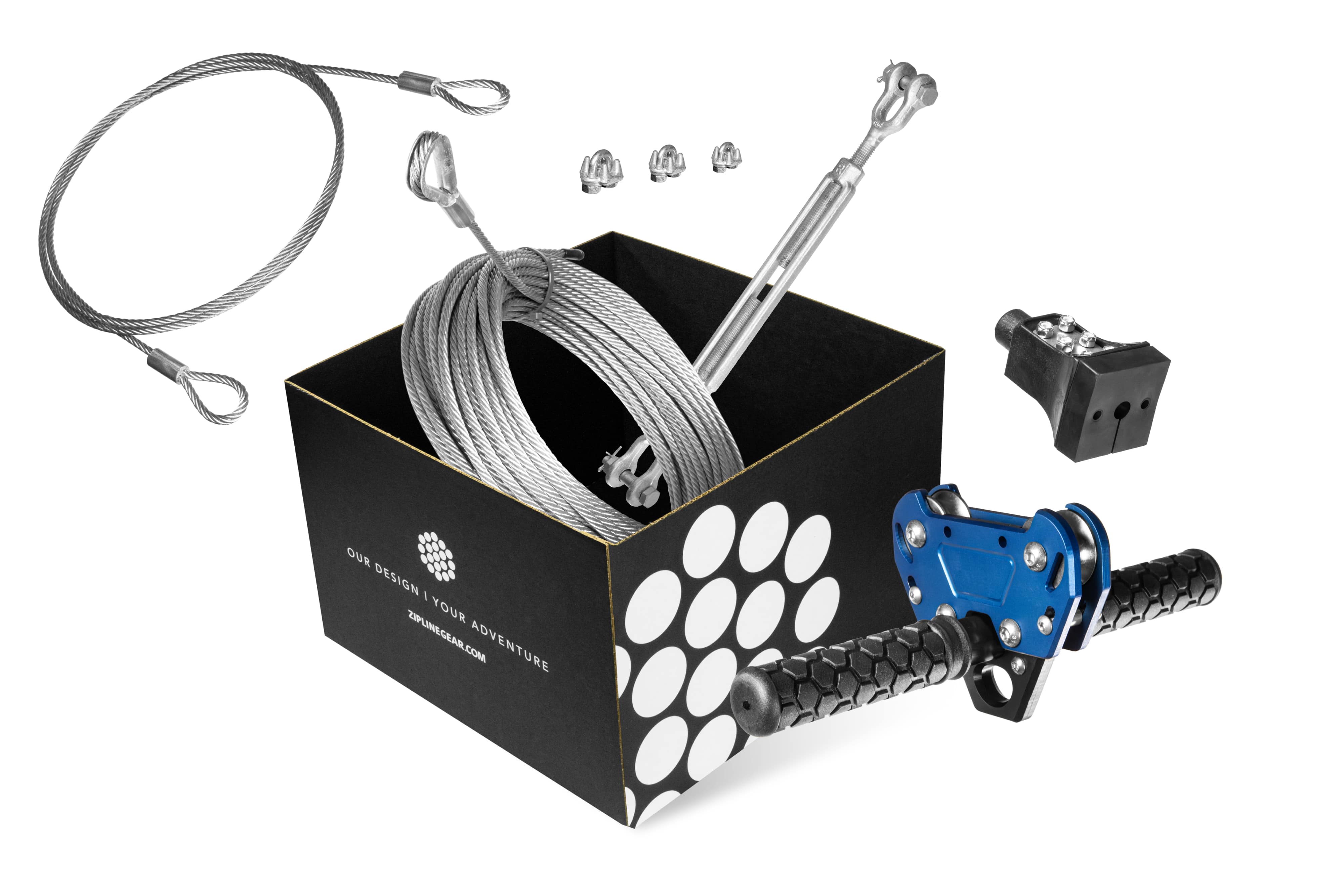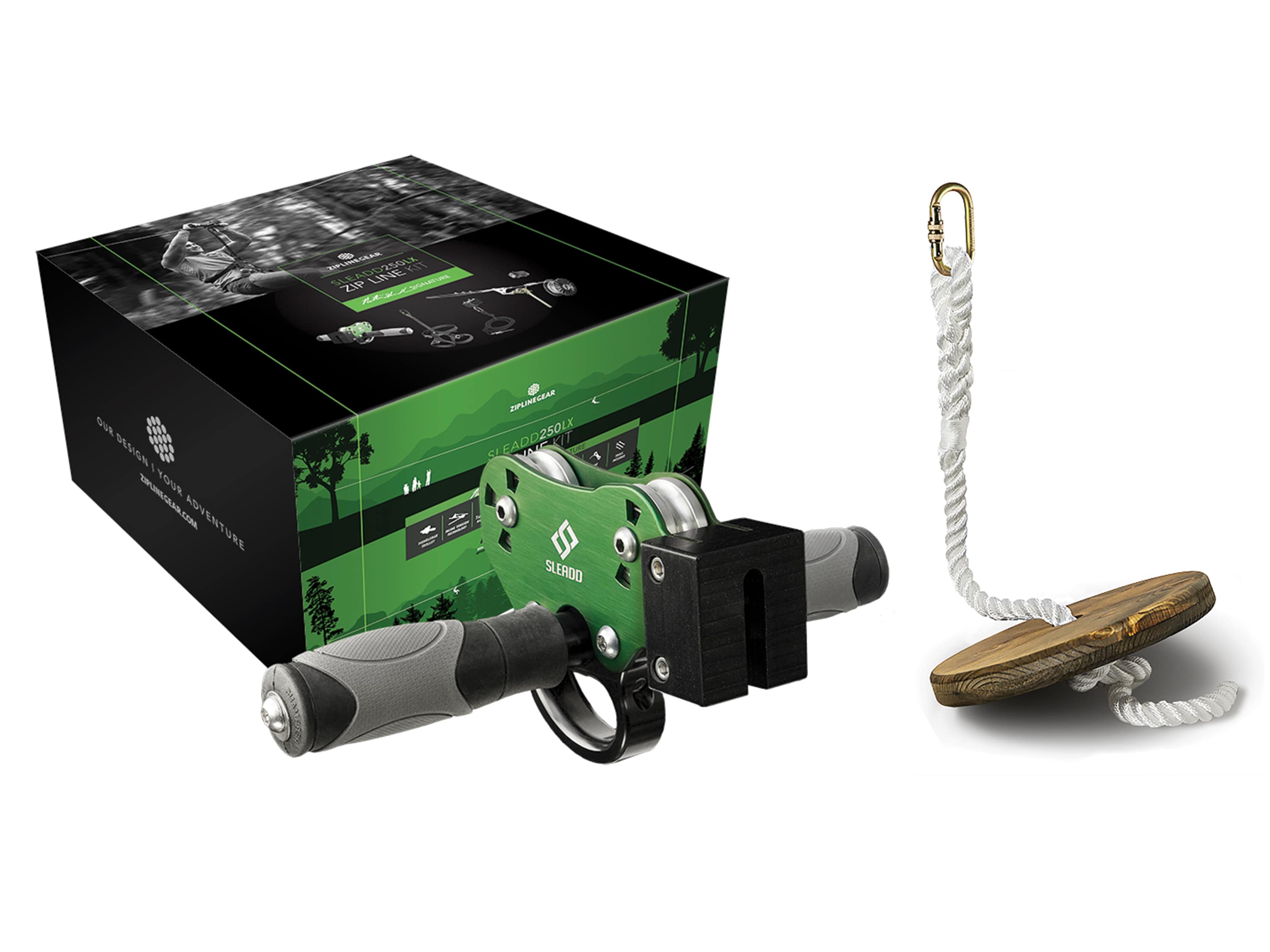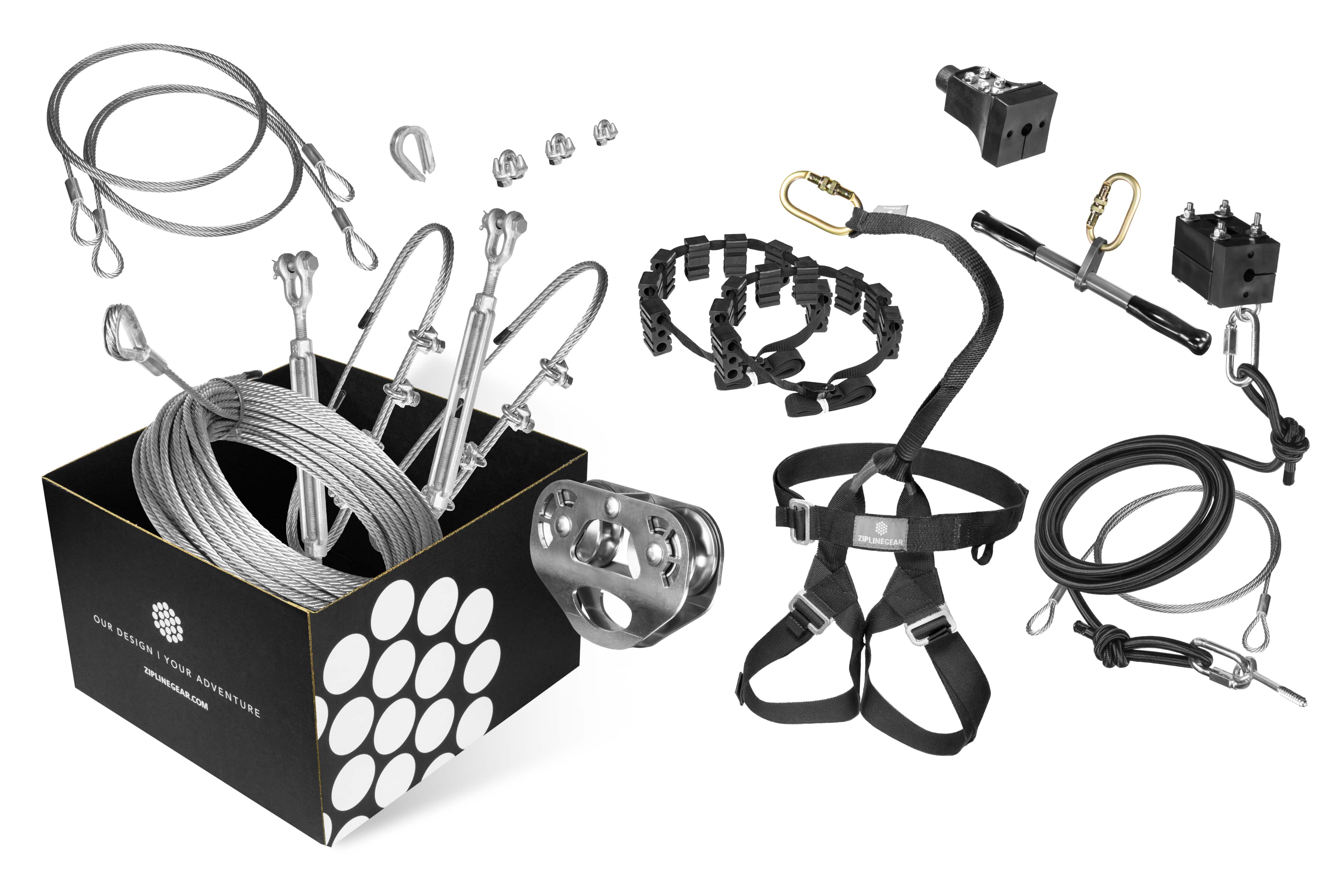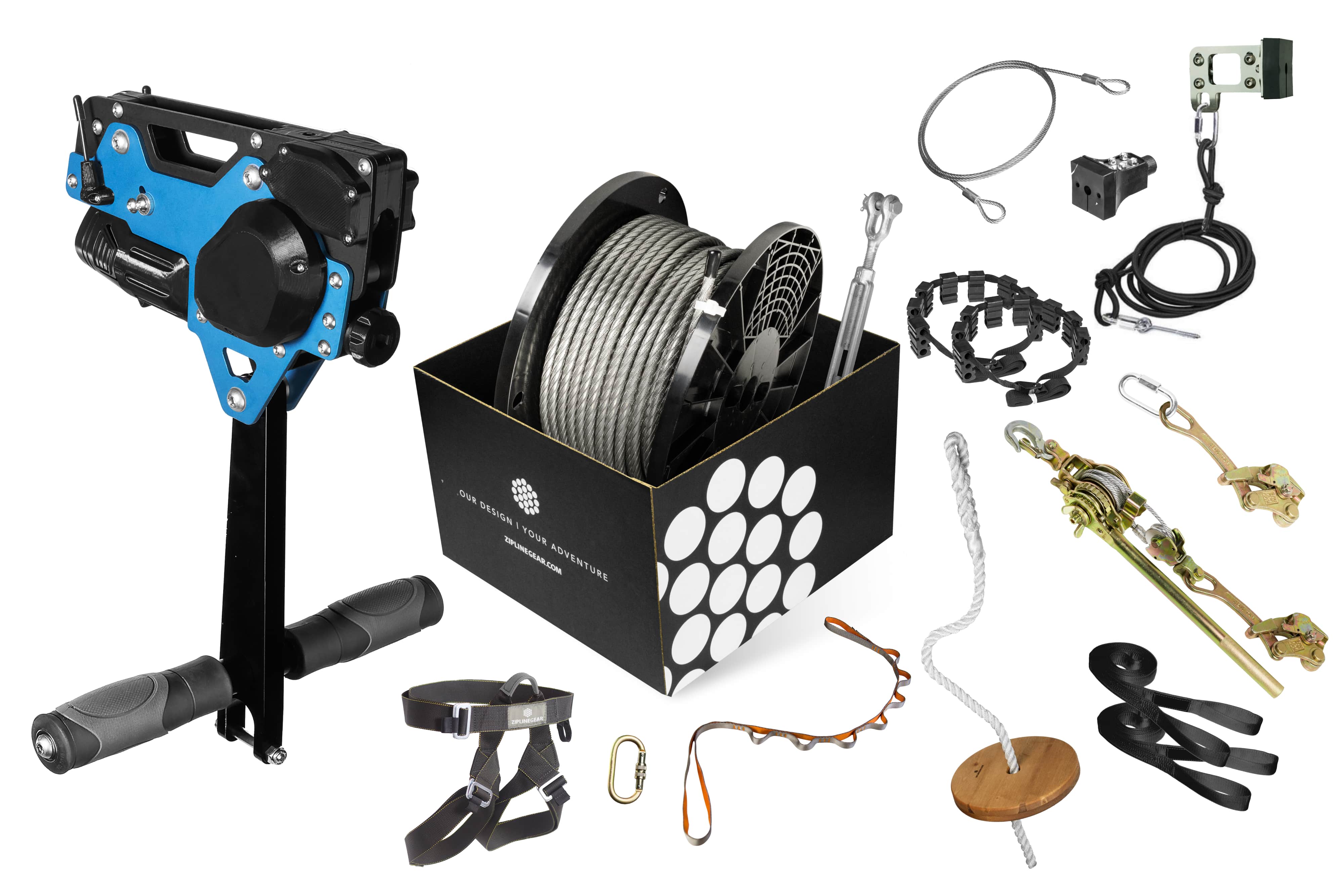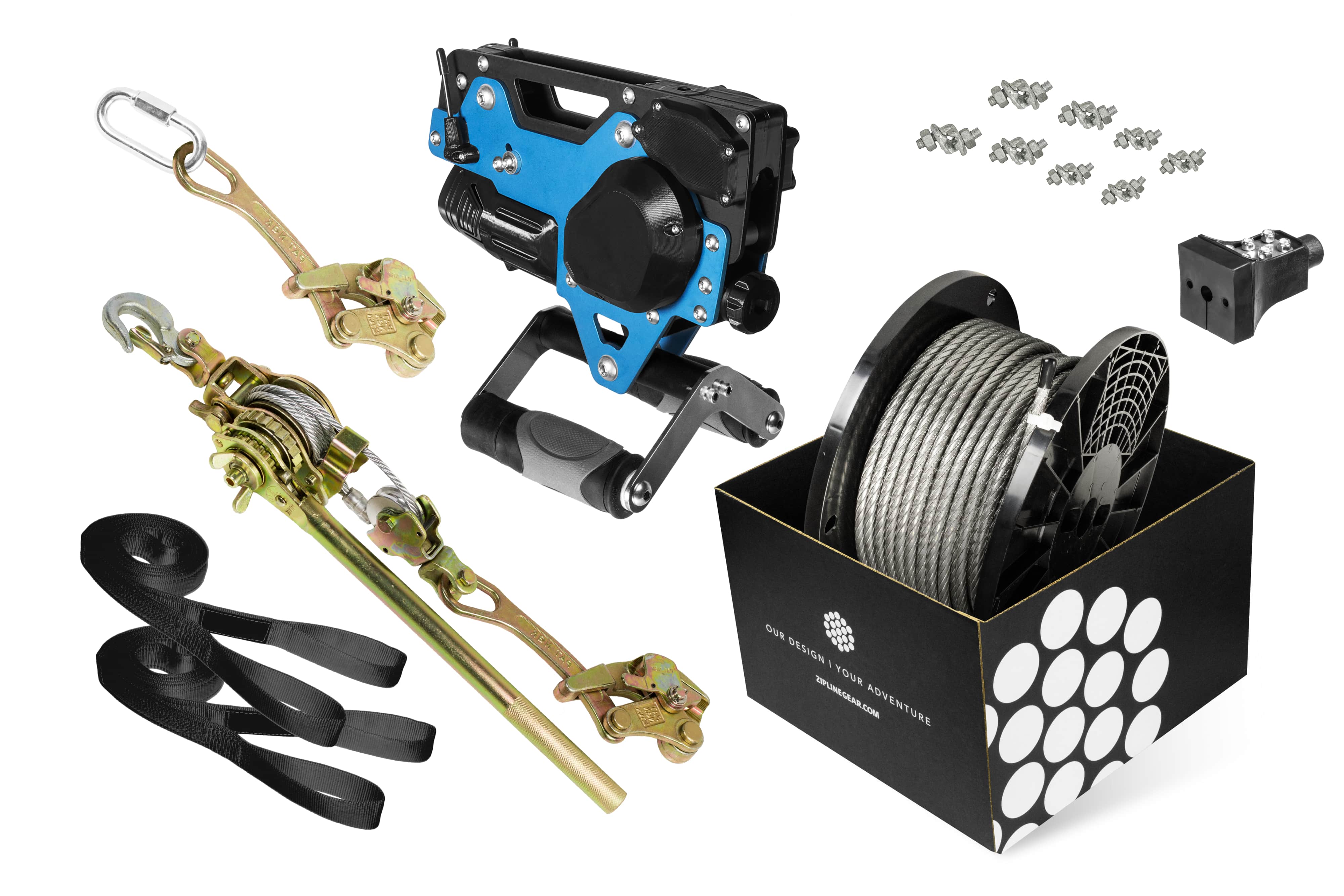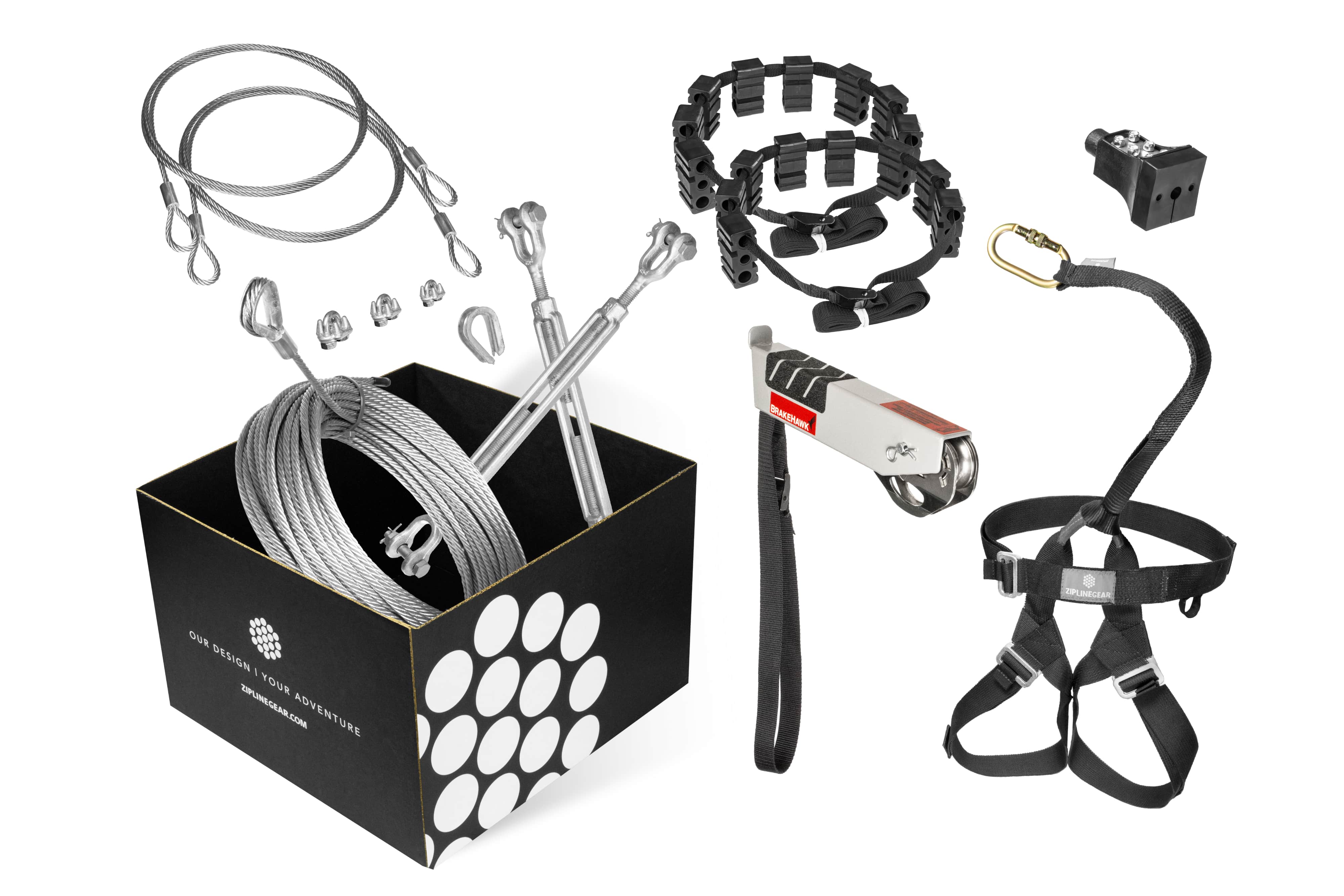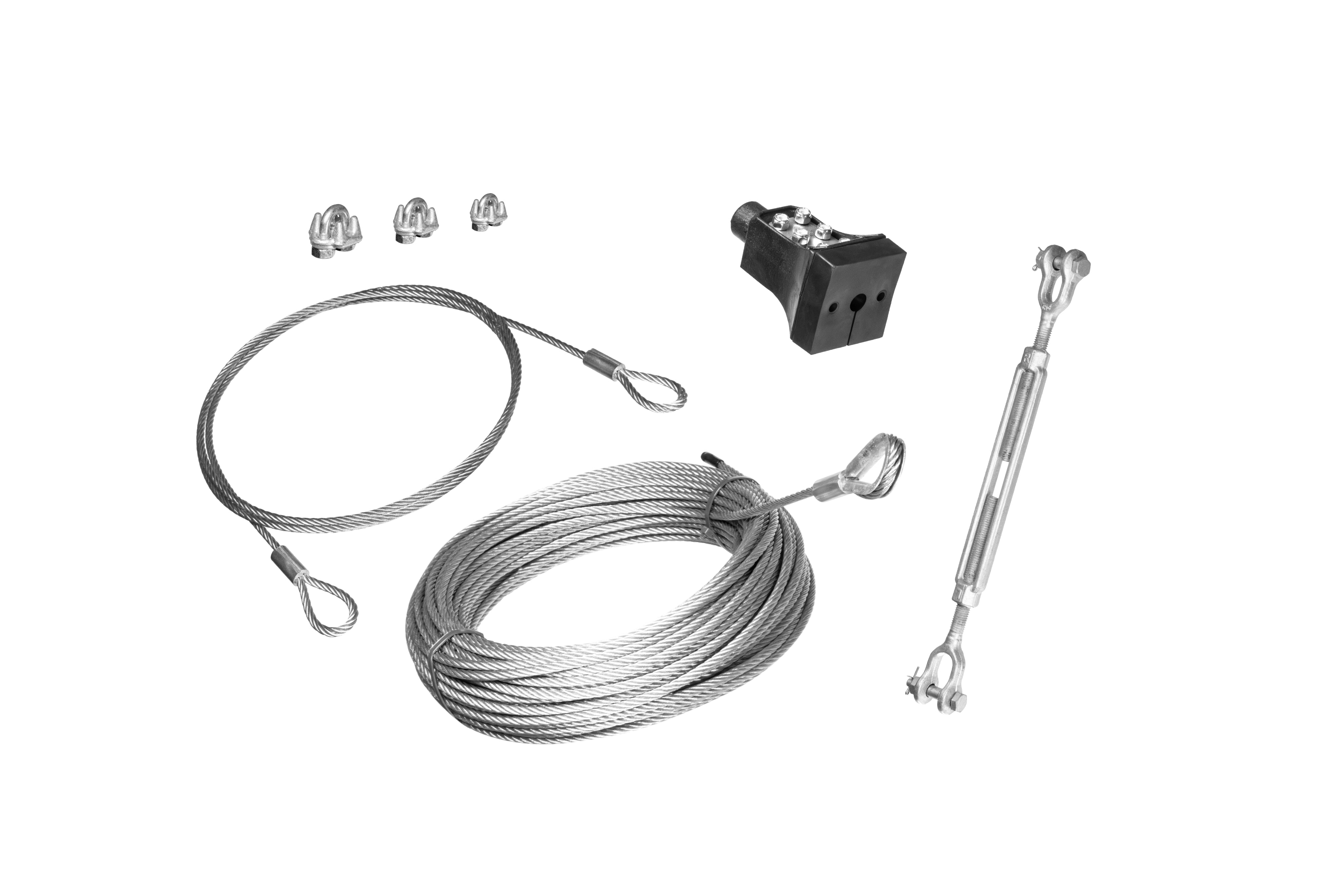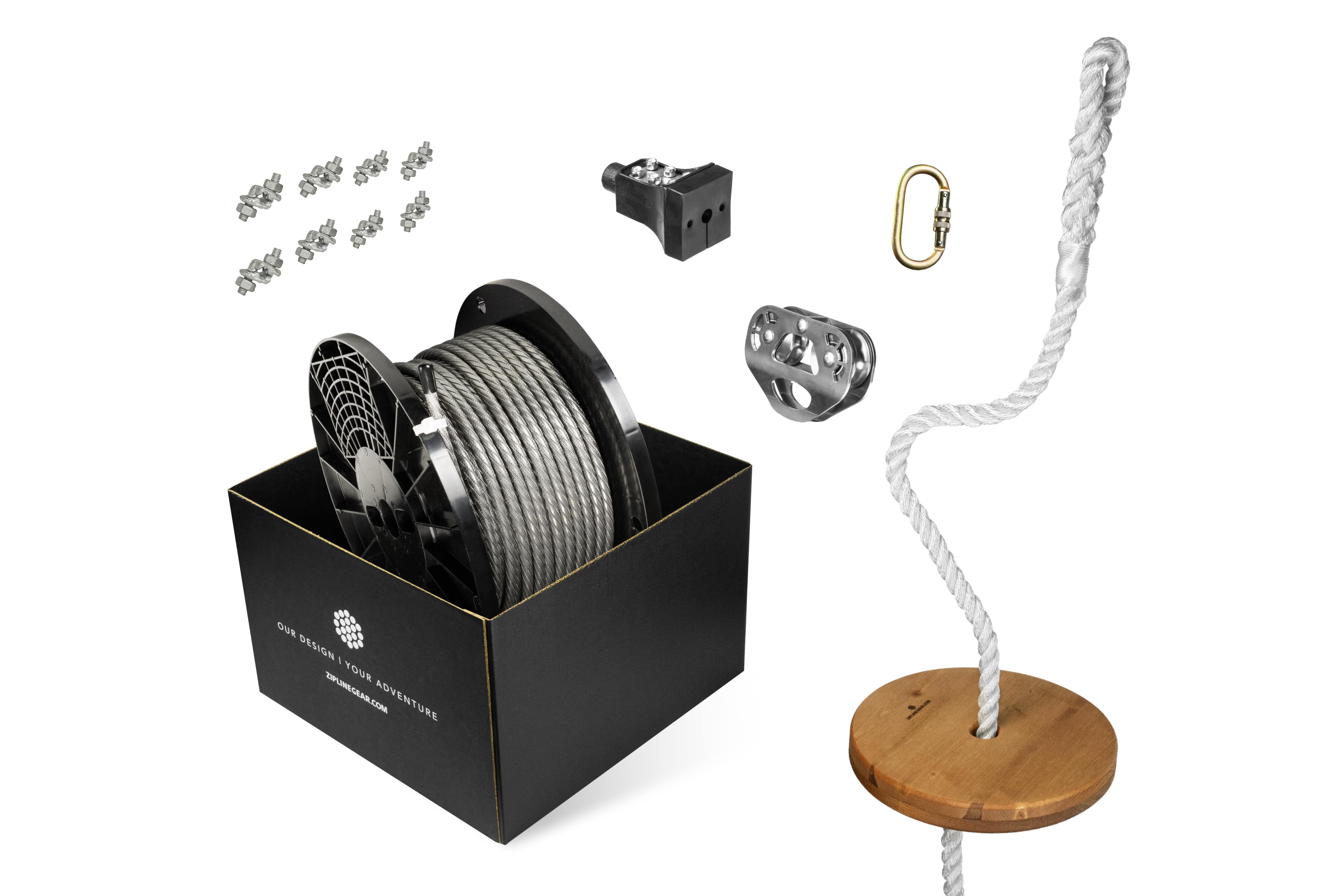Concepts & Planning - Site Selection
Concepts & Planning - Site Selection
This guide will help you select the appropriate zip line kit based on your specific needs, terrain, and safety requirements.
Safety First
Always ensure your installation location can support a minimum of 3000 lbs of force at both anchor points. If you're unsure, consult a structural engineer or certified arborist.

Optional image caption
Essential Components Checklist
- Main Cable (Aircraft-Grade Steel)
- Trolley with Sealed Bearings
- Braking System
- Safety Harness
- Cable Tensioner
- Mounting Hardware
- Safety Gear (Helmet, Gloves)
Choosing Your Cable Length
Add an extra 15-20 feet to your measured distance to account for proper tensioning and safety terminations at each end.
Cable Size Guide
For residential zip lines under 100 feet, use minimum 3/8" diameter cable. For lengths over 100 feet or commercial applications, use minimum 1/2" diameter cable.
Installation Overview
Terrain Considerations
- Minimum 20-foot starting height
- Clear path without obstacles
- Safe landing zone
- Proper slope angle (8-12% ideal)
Weight & Speed Calculations
Never exceed the maximum weight rating for your kit. Most residential kits are rated for 250-300 lbs maximum rider weight.
A properly designed zip line should result in a speed between 15-25 mph for optimal safety and enjoyment. Use our speed calculator to determine your specific setup.
Professional Installation
While DIY installation is possible, we strongly recommend professional installation for:
- Spans over 100 feet
- Complex terrain
- Commercial applications
- High-traffic areas
- Uncertain about structural requirements
Maintenance Schedule
Regular maintenance is crucial for safe operation. Inspect your zip line before EVERY use and perform detailed checks monthly.
- Daily: Visual inspection of cable and connections
- Weekly: Check trolley movement and brake function
- Monthly: Detailed cable inspection and tension check
- Annually: Professional safety audit
- After Storms: Complete system inspection
Keep a maintenance log and take photos during inspections to track wear patterns over time.
- Choosing a selection results in a full page refresh.
